|
This week's blog piggy-backs off of one of the exercises we talked about last week in The 10 Minute Self Check To Help Relieve Shoulder Pain - the front delt raise. The directions to that exercise are shown below not only as a reminder on how we would like to see the exercise performed, but also as a segue into our topic of this week, the truth behind the hurt. Directions: Stand with your feet 6-8 inches apart, toes pointing straight ahead, and upper body erect with your chest separated from the sternum. Your head should be kept in line with the body and your eyes looking straight ahead. Your arms are resting at your sides holding onto a broomstick, PVC pipe, or a wooden dowel (or something similar) with wrists directly below the shoulder. This is the ideal starting position. From this position, raise the arms with extended/straight elbows (no bend) until they are directly over your head. Pause for 1 count and then reverse the movement by using your lats to pull the arms (with elbows extended/straight) back down to the starting position. Easy right? Well, the picture below depicts a client with shoulder pain (AC joint injury) going through this exact exercise and this is the end product – definitely not part of the directions. I know what you are thinking - that can’t possibly be helpful to relieving her shoulder pain. Oh, but it is :-) So why is she standing in that position? Faulty movement patterns. Faulty movement patterns are at the core of shoulder injuries and pain (and really any type of injury and pain). Naturally, the body learns ways to compensate as a means to guard and protect the shoulder, making it extremely difficult to execute even the simplest movements. These faulty movement patterns can start as early as our adolescent years without even knowing it. Before you know it, you’re going on 50 years old, dealing with a nagging shoulder injury that’s been around for years, you can’t find relief, you feel like there is no fix, and you look like that picture when being asked to do a simple overhead movement. Not good! So let’s rewind that picture a little bit, break it down a little just as we would at Premier, and try to provide a little more substance as to why faulty movement patterns are such an important piece to helping you get rid of your shoulder pain once and for all. Picture 1: Not bad. But upon a deeper glance, that PVC pipe is definitely not parallel to the ground. Her left hand naturally sits a little farther away from the body. Immediately, we know there is an imbalance somewhere and it needs to be addressed. Crazy right? Even before actually moving, a faulty movement pattern exists in her resting position. If anything, it’s possible it could start with pulling the left shoulder down and back as it appears her left trap is sitting just a tad higher than the right. If we were to take a look at her from the side, we would probably see the left shoulder incorrectly rolled forward actually. Furthermore, you can even tell the musculature of the traps are not even. Picture 2: Without being cued through the movement, she made an adjustment to align both arms (nice!), elbows are extended (perfect!), head is kept in line with the body (yes!), and even the wrists and hand grip look great (let’s go!). When searching for absolute symmetry, you could get a little picky with the right shoulder sitting a little higher than the left, but I was trying to keep it more positive with this picture so we won’t go there ;-) Picture 3: The shot is taken at the point of what I would say is extreme compensation. We see that when her arms hit this particular point in the exercise, there’s a slight shift to the left (easily detected by the spacing between each ear and biceps). We also see that the left biceps INCORRECTLY shortens, causing elbow flexion (it’s not straight). There is also a slight bend in the right elbow, as well. Picture 4: As she pulls overhead, she is still unable to straighten both elbows fully and now there is a significant shift to the right. Although her body is dead center, we start to lose sight of her forearm in the picture. Interesting…. Picture 5: At full range of motion, things begin to center a little more but it appears the biceps begin to take over a little more as a means to help her pull into full range and back to more of a centered-looking position. However, it’s more of a false centering as the right forearm is still really far away from where it should be. Picture 6: Seconds later, as she attempted to counter the right shift to a symmetrical position as well as lengthen the biceps so as to extend the elbows (straighten arms), her body doubles down on the guarding/protecting and we are now in faulty movement pattern city.
To quickly recap what I’m pulling from this…even at resting position (picture 1), her body is in a guarding/protective state. Her faulty movement patterns pick up just a bit when moving towards a position overhead, and stay decently consistently in the wrong position throughout the movement until things go absolutely crazy at the end range of motion when she is really trying to achieve a perfect position. Ultimately, her body just does not like to move correctly. If you have experienced Neuro before, you know how much our technology can easily elicit your compensations and faulty movement patterns. For those of you who have not yet experienced Neuro, I know what you are thinking – “Why in the world did her arms move that way? That is not normal. Maybe the patterns she is showing in pictures 1, 2, 3, and 4, and 5 are normal, but definitely not 6”. Well, you are right! Sometimes it is very difficult to use the naked eye when looking for faulty movement patterns causing shoulder pain or injury, so our technology does a tremendous job in aiding that process. Essentially, as she is moving, our technology is being applied to her simultaneously, helping to really draw out her faulty movement patterns. Once we are able to successfully elicit these patterns, the re-education process can really start to take place, resulting in an adaptation for change. In her case, that change was specific to not being able to do a dip exercise prior to the session because of pain levels reported at an 8 out of 10, to immediately afterwards being able to execute multiple dips in succession without pain. And how is that possible? We were able to eventually work through those faulty movement patterns to a point where she was able to lift the PVC pipe overhead head WITHOUT any compensation. This is precisely the reason as to why she didn’t have any discomfort afterwards – her patterns were changed and it carried over into executing her dips. Exploiting and changing faulty movement patterns is such an important piece to recovering from shoulder pain and injury and I hope that I’ve been able to provide a little window into the how’s and why’s behind that concept. At the end of the day, you don’t need the fancy technology to elicit some of the faulty movement patterns that are causing your shoulder pain and injury (although it certainly makes it extremely easy and efficient). However, if you, a friend, or family member are struggling with identifying your faulty movement patterns, how to properly re-educate your body to move correctly, and not seeing pain relief or a change in recovery, let us know by clicking the link below. We would be more than happy to help!
6 Comments
Shoulder pain affects our ability to workout, sleep, compete, and even do every day tasks around the house. It’s amazing what simple tasks can be affected when our ability to reach overhead or across the body is limited. It’s even more frustrating when it feels like nothing (rest, ice, heat, massage and even in-home exercises) is helping the shoulder pain start to feel better. If you have ever experienced Neuro Therapy for your shoulder pain, I’m sure you are well accustomed to a few of these exercises that we do at our clinic. If you have not, you might be wondering if there is anything you can do to relieve your shoulder pain short of working 1 on 1 with a qualified health professional - I'm sure there is someone out there in the Towson, Lutherville-Timonium, Cockeysville, or Hunt Valley area willing to help ;-). Or, perhaps you are not looking for a 100% fix to the shoulder pain, but maybe something that will at least treat the shoulder pain (perhaps help sleep a little better) until you can actually make moves on a real shoulder therapy program. If you can relate to any of those things, you are in for a treat as the 2 exercises we will discuss are some of the most basic, yet useful movements you can perform at home to learn more about your shoulder pain as it relates to potential:
Ultimately, whether you find yourself really struggling with these exercises or cruising through the movement with minor difficulty, my recommendation would be to work these two exercises 3-5x per week in a range of motion that you feel most comfortable. As far as duration, aim for 5 minutes of extremely focused, active work for each exercise (total of 10 minutes). Exercise #1: Teeter Totter Stand with your feet 6-8 inches apart, toes pointing straight ahead, and upper body erect with your chest separated from the sternum. Your head should be kept in line with the body and your eyes looking straight ahead. Your hands are holding a broomstick, PVC pipe, or a wooden dowel (or something similar) horizontally with a straight elbow and wrist (knuckles aimed at ground). This is the ideal starting position. To start the movement, use your lats to pull the left shoulder down and lengthen the arm (no bend in elbow) at the same time. Doing so will cause the opposite shoulder to rise slightly creating a teeter-totter motion. Pause for 1 count and then reverse the movement by pulling your shoulder back to the starting position as described above. Once you have returned to the starting position, you will repeat the same movement with the right arm. Continue to alternate between the left and right until 5 repetitions of the teeter-totter movement have been completed with proper movement on each side. Sounds simple right? Well, let’s dive in a little while thinking about the educational part of this process from the list above. Questions to ask yourself:
There is definitely a lot to think about here but finding out these answers and doing something about them can provide so much information in regard to what’s contributing to your shoulder pain. Ultimately, these questions are exactly what we focus on when going through a session at Premier to help relieve your shoulder pain. The only difference is that we use technology to make the process more efficient :-) Let’s now take a look at our second very basic movement that you can perform at home to learn more about your shoulder pain. Remember, keep in mind the educational piece we just discussed and use that as your lens to navigate through the second movement, as well. Just incase, here they are again (from above):
Exercise #2: Front Delt Raise Stand with your feet 6-8 inches apart, toes pointing straight ahead, and upper body erect with your chest separated from the sternum. Your head should be kept in line with the body and your eyes looking straight ahead. Your arms are resting at your sides holding onto a broomstick, PVC pipe, or a wooden dowel (or something similar) with wrists directly below the shoulder. This is the ideal starting position. From this position, raise the arms with extended/straight elbows (no bend) until they are directly over your head. Pause for 1 count and then reverse the movement by using your lats to pull the arms (with elbows extended/straight) back down to the starting position. Easy, right? Not so fast…. Questions to ask yourself:
It’s definitely possible that by reading this list of questions, you are overwhelmed and even more frustrated than when you started. That is completely ok and completely expected. You have to start somewhere and if you are truly looking to relieve your shoulder pain or find the ultimate fix, it requires an attention to detail that was not previously there and a very deep understanding of how your movement patterns could help get rid of your shoulder pain. With that being said, everyone is different and will experience a different recovery rate and path to improving the shoulder pain so do your best to stay focused on you and your path to getting rid of your shoulder pain. If you run through this list, your form is perfect, but yet still experience shoulder pain, it’s possible it would just require a deeper dive into all of these questions by a qualified health professional. Sometimes (and I am even guilty of it!), we think everything looks good until someone else gets their eyes on us and within seconds, we are brought back down to reality ;-) But let’s keep it simple for now - start with the ideal starting position. Can you hit the cues for the ideal starting position? If you can, great. Move on to the next cue. If you can’t, that’s great too - start by perfecting the ideal starting position and DO NOT move on until your form is perfect. Lastly, don't forget the recommendation on frequency and duration: 3-5x a week for a total of 5 min on each exercise. Good luck! Local to the Towson, Lutherville-Timonium, Cockeysville, or Hunt Valley area? Friends & Family receive a FREE
Discovery Session at Premier! |
About the AuthorEvan Lewis is a nationwide leader in Neuro Therapy and founded the Baltimore area's only specialist Neuro Therapy facility. Archives
February 2022
Categories
All
Local to the Towson, Lutherville-Timonium, Cockeysville, or
Hunt Valley area? Friends & Family receive a FREE Discovery Session at Premier!
|
|
About
Premier Neuro Therapy specializes in helping people overcome nagging pains and injuries, avoid surgery and injections, and transform the body to a state of peak performance.
|
Hours
Monday 8am-6pm
Tuesday 8am-6pm Wednesday 8am-6pm Thursday 8am-6pm Friday 8am-6pm Saturday Appointment only Sunday Closed |
Our Location
Our home base is just outside of Baltimore, MD, but we serve clients virtually throughout the United States!
15 miles north of downtown Baltimore, MD
|
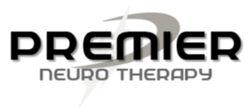
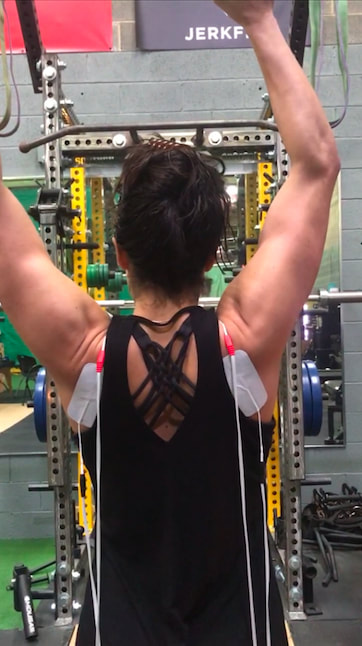
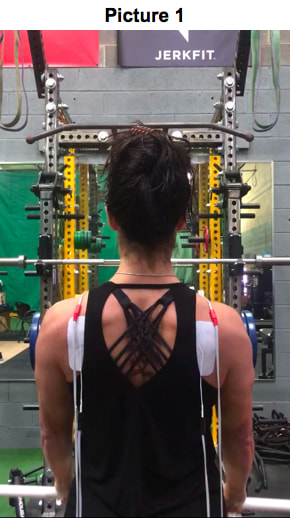
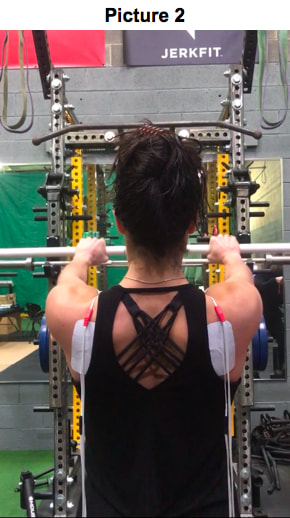
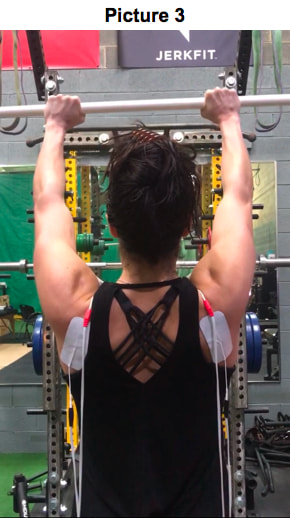
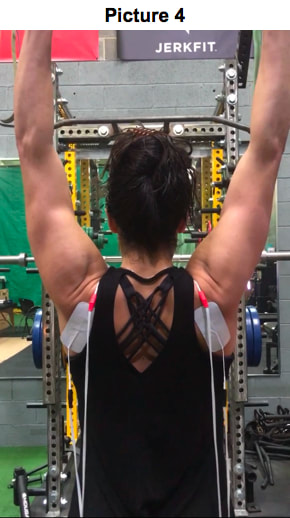
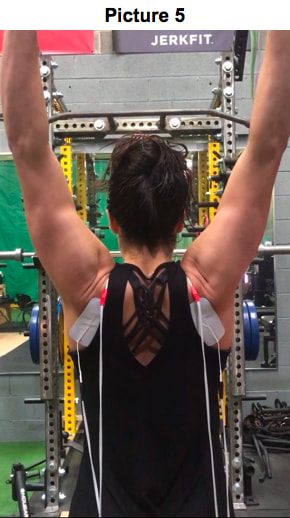
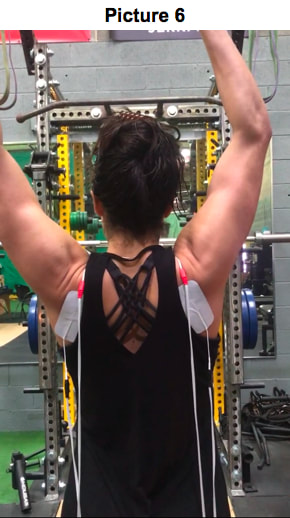

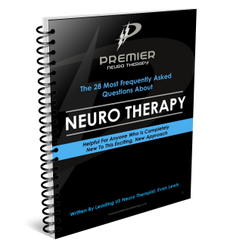
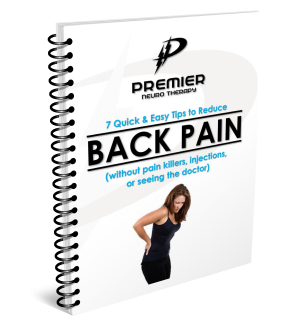
 RSS Feed
RSS Feed